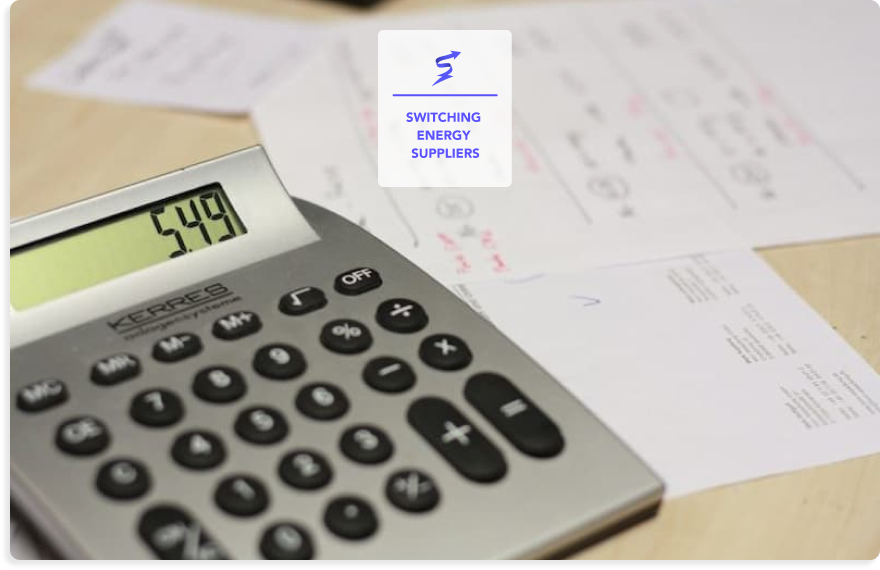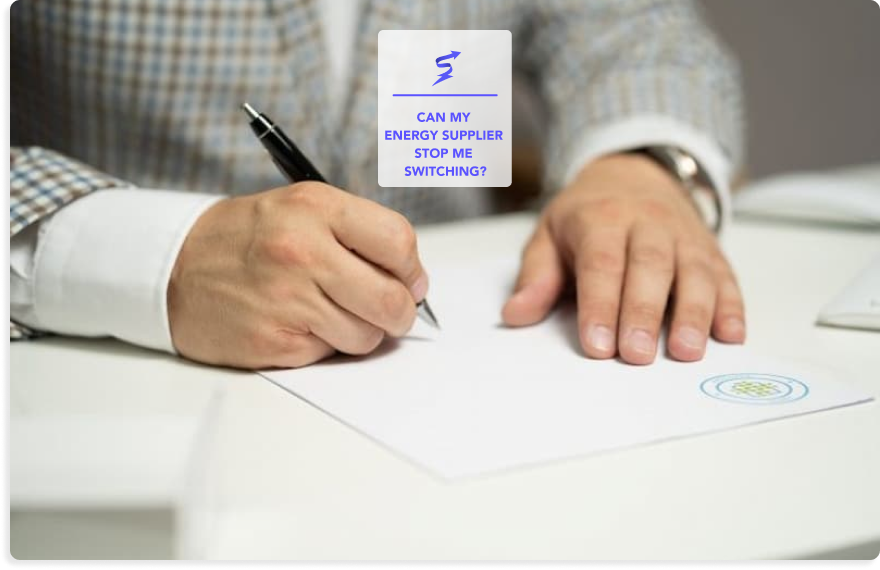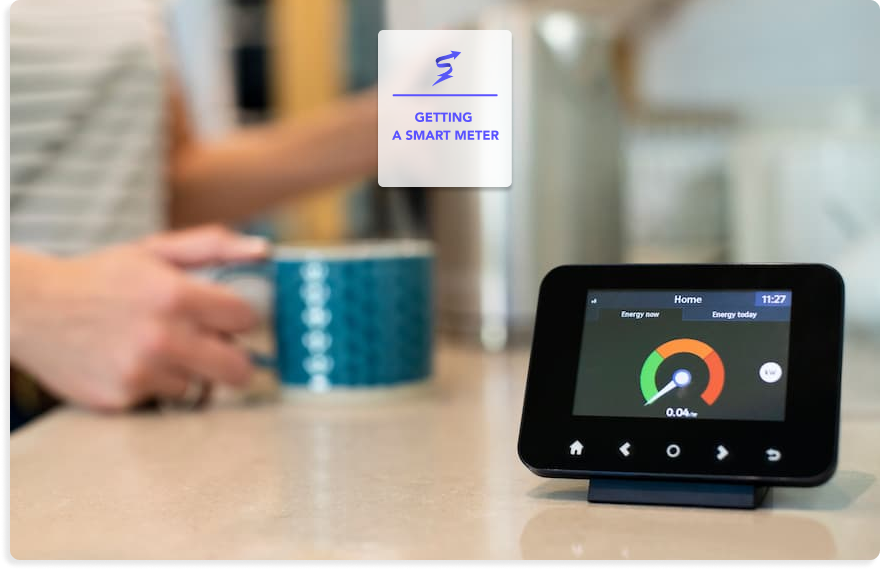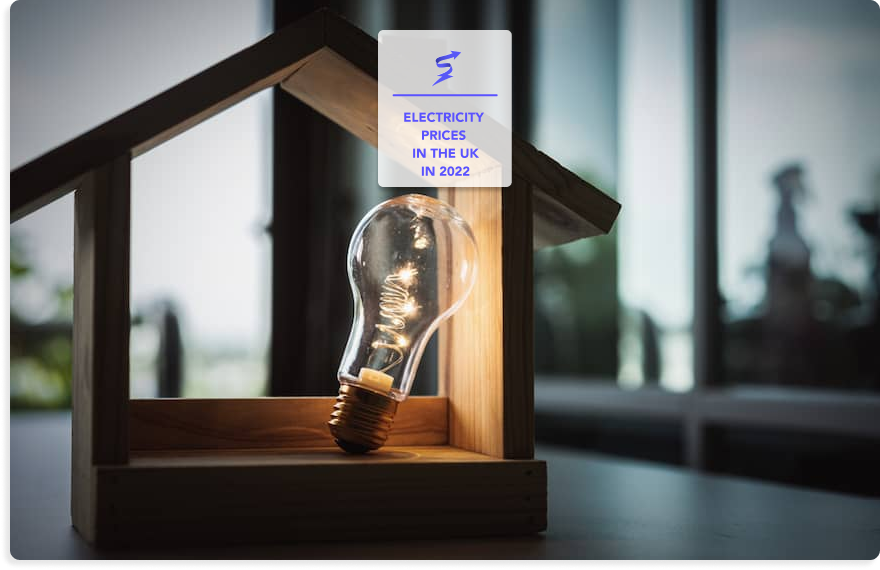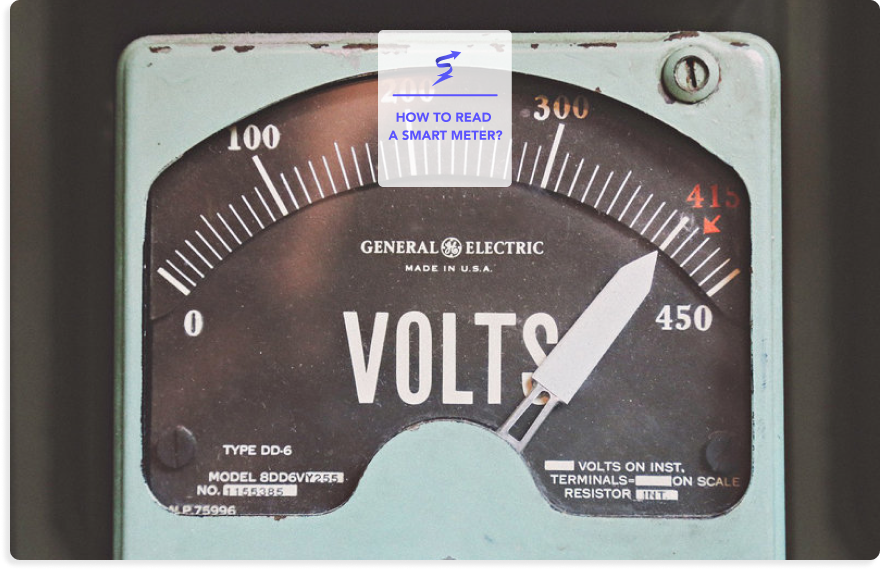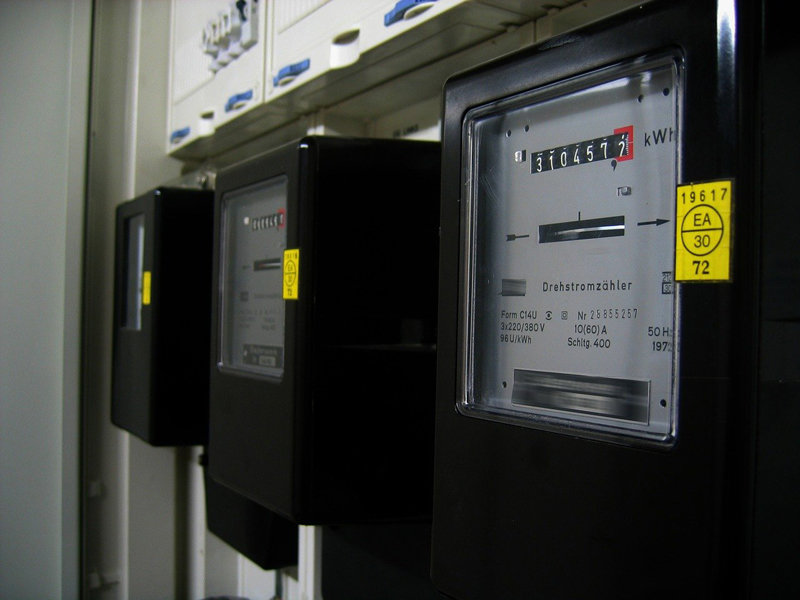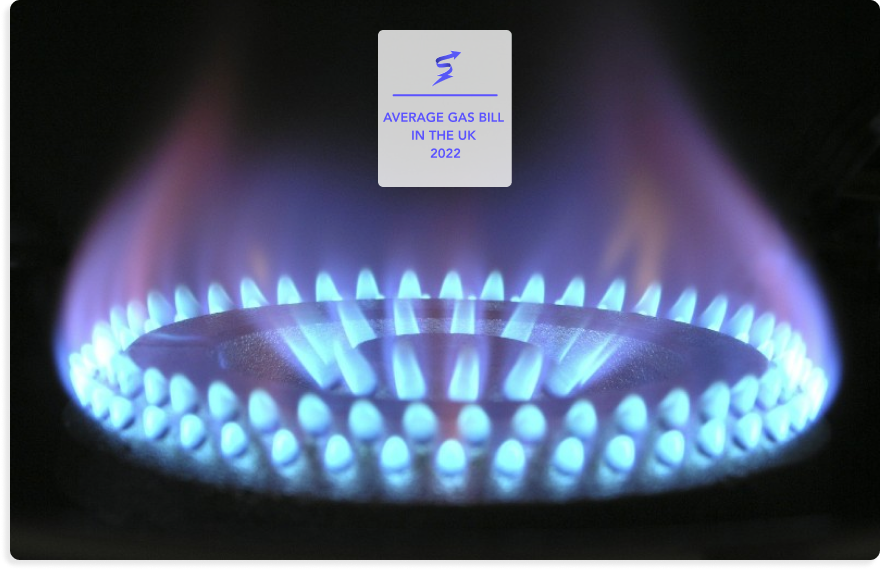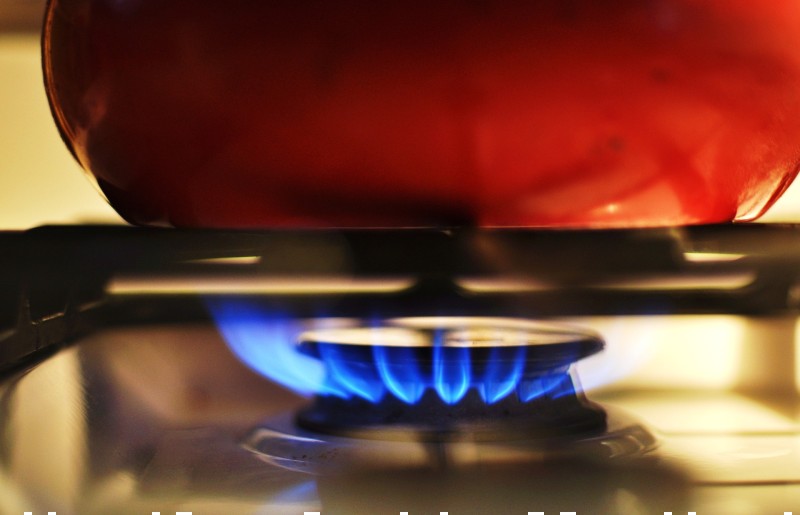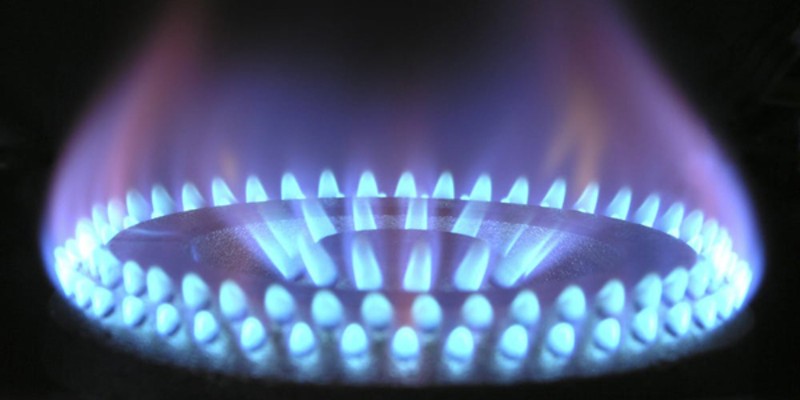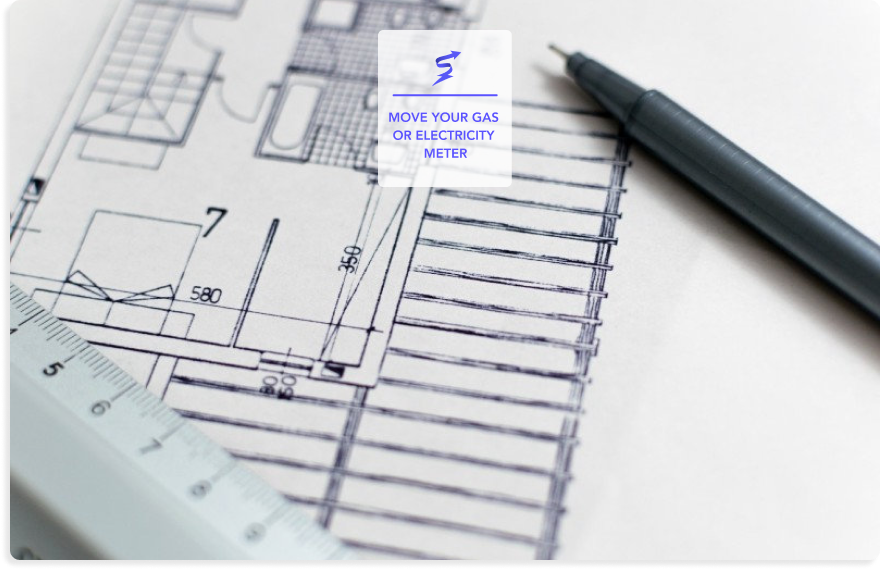How to save electricity
Are you looking to save on energy bills? If you want to cut back on your electricity use, there are plenty of ways to do so. While some of these energy saving tips may seem like small changes, many of the tips in this article can make a big impact when combined together; in turn helping you save £100s on your utility bills each year while doing your bit to save the planet - so it’s a win-win!
Throughout this article, we’ll discuss some of the specific ways to save energy in each room, below are some tips which can be broadly applied throughout the home.
- Don’t leave your electronics on standby, and unplug anything you’re not using
- Use natural light in your home rather than artificial lights
- Defrost food in the fridge, rather than in a microwave or an oven
- Try to use energy-efficient appliances and bulbs, wherever possible
- If you need additional lighting, use lamps rather than overhead lighting.
Energy saving tips in the kitchen
The kitchen is often the most-visited room in every house - particularly in family homes! With a ton of electrical devices, kettles, coffee machines and ovens will quickly hike up your energy bills.
Next up are some of the best energy-saving tips for the kitchen:
- Don’t leave microwaves, ovens, toasters or kettles on standby
- Use appropriate pans: you don’t need to boil an entire large pan of water for a handful of vegetables
- Keep your oven door clean, and keep it shut! Opening it regularly lets out the heat, so keep the window clean to save checking with the door open
- Wash your laundry at 30 degrees, rather than 40
- Dry your laundry naturally or outside, rather than using a tumble dryer
- Consider steaming vegetables, instead of boiling
- Only boil the kettle as much as you need - don’t boil a full kettle if you don’t need it.
Energy saving tips in the bathroom
The bathroom is one of a few household rooms that uses electricity, gas and water - sometimes at the same time!
Below are some energy-saving tips for the bathroom, that apply to all three utilities:
- Turn off your bathroom fan once it’s done the job each time
- Check regularly for toilet, sink and bath tap leaks
- Take showers rather than regular baths
- Don’t leave the tap running when you’re shaving or brushing your teeth
- Try using an energy-efficient shower head, reducing water wastage.
Energy saving tips on lighting
If you want to cut back on lighting costs, there are a few quick things you can do (both free and with costs attached) to lower your bill.
For free, you can:
- Clean your lightbulbs and fittings, to enhance their brightness
- Turn lights off when you leave a room
- Use your lamps rather than overhead lights.
If you have some cash to splash, try the following tips:
- Install dimmers to your overhead lights, so you can use less
- Buy bulbs with less wattage - harsh, bright, white lights are very clinical and not always suitable for rooms at home
- Use solar-operated lights where reasonable, like in the garden or front path.
How to save gas at home?
If you want to save on your gas bill, you need to understand how and when gas is used. Gas is very often the highest proportion of a duel-fuel domestic energy bill, and is predominately used for heating. Here are three easy ways to save on your gas and heating bills:
- Turn down your thermostat, even by one or two degrees at a time
- Don’t have your heating on high when you’re out the house
- Consider heating your rooms appropriately.
For example, if your downstairs loo barely gets used, don’t waste money heating it. While a cosy living room and bathroom feel lovely, your bedroom won’t need heating all day, so use different amounts of heat for each room rather than heating every room at the same temperature.
How to save on my water bill?
The way water is billed works a little differently to gas and electricity, so you can’t just switch to a cheaper supplier like you can with energy suppliers. However, it’s important to understand how water bills work to learn how to save money.
Household water consumption is billed in one of two ways:
- You pay based on the size of your home
- You pay based on your water consumption.
And also includes the cost of your sewerage, too. For those who pay based on their water consumption, this will mean your water is metered.
If you pay based on your actual water consumption each month, here are a few tips to reduce the cost of your bill.
- Take showers instead of baths
- Consider steaming, rather than boiling your vegetables
- Turn the tap off when you and your family are washing or brushing your teeth
- Use a washing up bowl to wash your dishes, rather than using a free-flow of water.
One other tip is to check for leaky taps or a leaking toilet. Although it’s not always obvious, leaving an empty washing up bowl under your kitchen taps can give you a good indicator of whether or not there’s a leak. Also, consider checking the toilet bowl for leaks - this is one of the most common yet hardly noticeable leaks, and could save you £100s in water bills.
Understanding your energy bill and tariff
An important step to consider when cutting costs is to initially understand your energy bill.
While there’s plenty of jargon and things to think about, below we break down two of the key ways in which you pay for your gas and electricity. The information for your tariff will be available on your initial contract and your bills, and these are the two key things to consider when understanding your energy bill as well as when comparing prices between energy suppliers, or comparing tariffs.
kWh
Kilowatt-hours or kWh is a measure of your energy usage. Ignore the name - it doesn’t matter how many ‘hours’ of energy you use. To give an idea of how big a kWh is, if you were using a 50-watt light bulb, it would need to be on for 50 hours to use 1 kWh.
Generally speaking, a small household would use around 250 kWh a month, and a larger household would use roughly 300-350 kWh annually. When looking for ways to cut back on energy costs, reducing your volume of kilowatt-hours used is crucial, as this has a direct impact on your bill.
Standing charges
Standing charges are a fixed daily amount that you’ll be charged regardless of the amount of energy used. Standing changes are applied daily and, if you’re a dual fuel customer, you’ll have two of them: one for gas and one for electricity.
Even if your home is unoccupied, these charges will still be applied daily. The point of the standing charge is to cover the costs needed to source and supply your energy, including maintaining the network infrastructure and the customer service teams.
Unfortunately, there’s no way to reduce your standing charge by reducing your energy usage, but you can reduce your standing charge by switching to another energy tariff which charges less per day.
Compare utility prices
As we regularly say, one of the easiest ways to cut down on your utility bills is by switching provider. Although this doesn’t apply to water, it certainly applies to gas and electricity.
One of the easier ways to compare home energy providers is to get in touch with Switch-Plan. We compare up-to-date tariffs for you, and find the best deal for your household and personal circumstances. Not only that, we take care of the entire switching process for you.
To get started:
- Give us a ring on 0330 818 6223
- Our energy experts will give you a free price comparison, based on your requirements
- We’ll find the perfect new tariff and energy supplier for you.
Would you like to know more information? Great! Checkout some related articles about saving on energy bills
Looking to switch energy deals?Leave your phone number to request a call back from us!
Free Service

